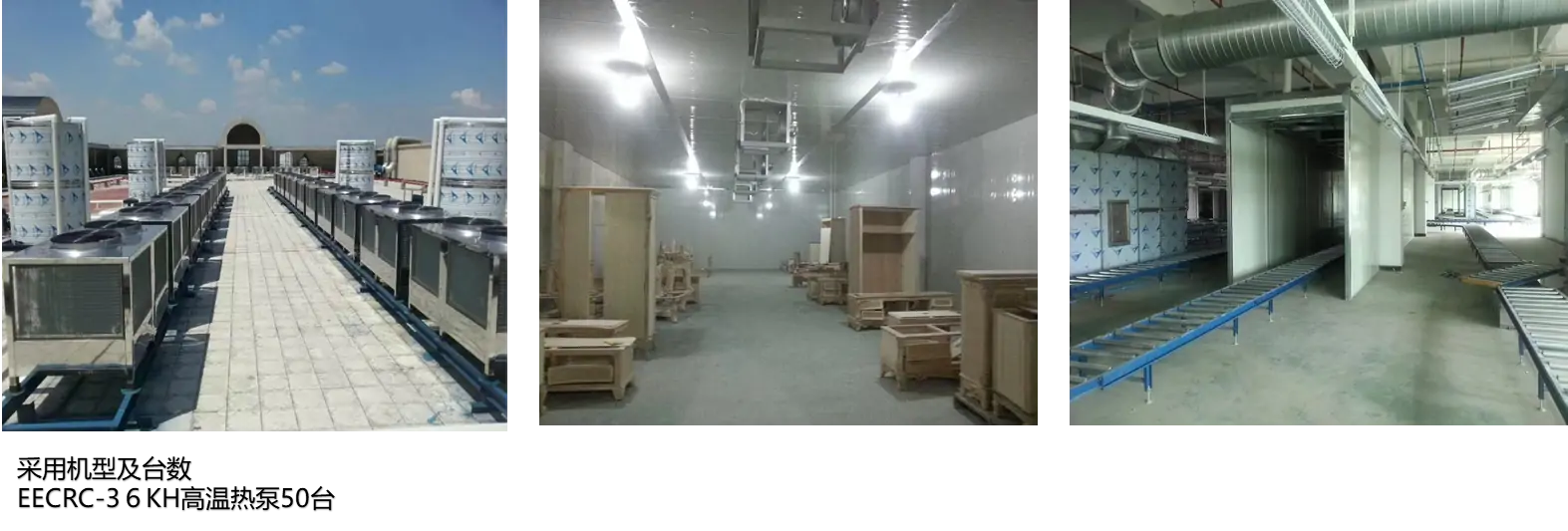Waste heat recovery system/Civilian waste heat recovery solutions
The waste heat recovery system uses advanced low-carbon and environmentally friendly technology to convert waste heat resources in daily life into reusable energy. No matter how the external environment changes, the system can operate efficiently, ensure efficient use of household energy, reduce energy waste, and bring you and your family a lasting comfortable experience.
Efficient energy saving | Intelligent control | Zero emission and pollution-free | Sustainable environmental protection













